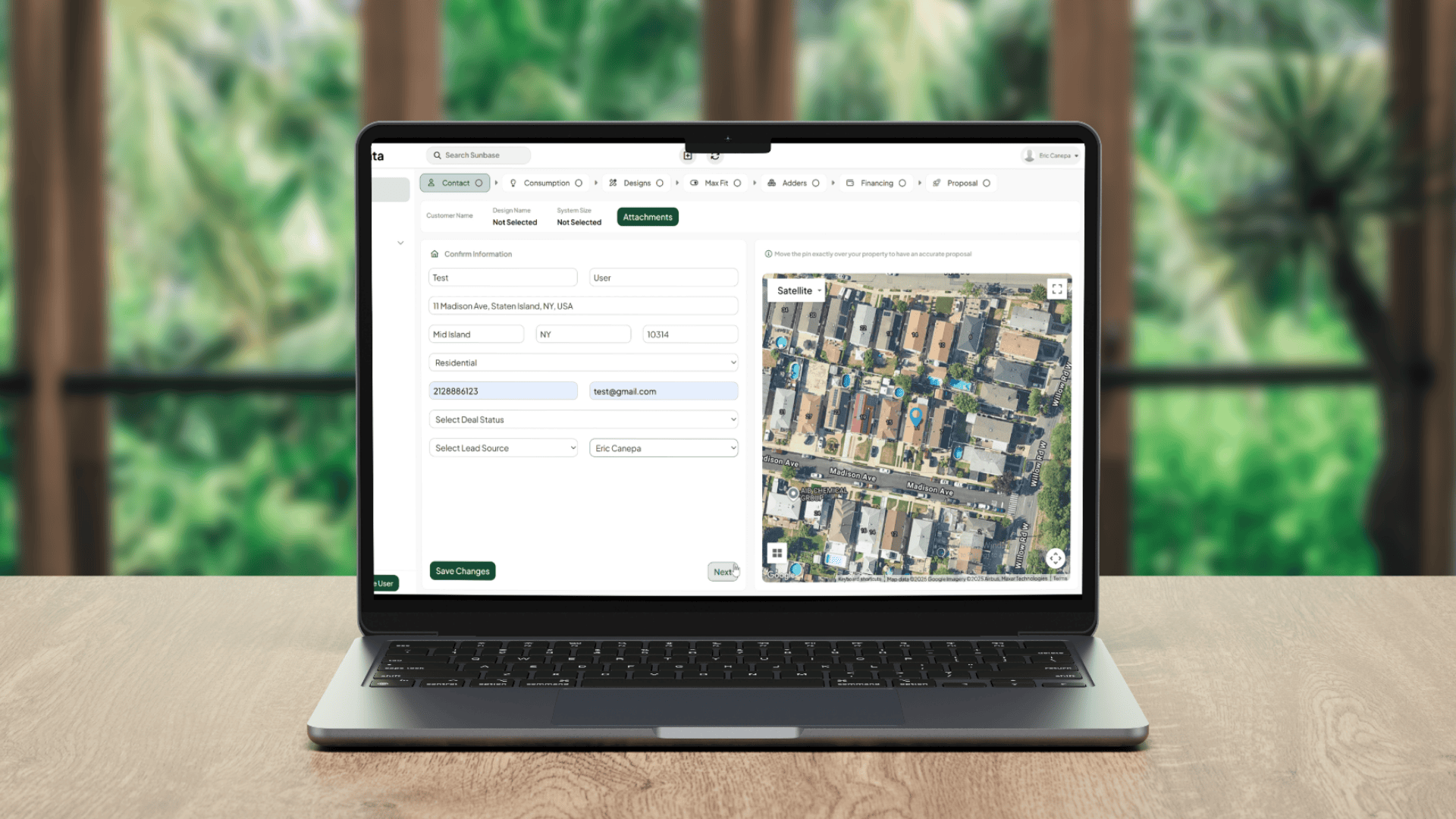May 25, 2023
Effective lead management is critical for any business aiming to increase conversions and revenue. It entails a methodical approach to gathering, qualifying, prioritizing, and nurturing leads as they progress through the sales funnel in order to convert them into paying customers. Businesses may optimize their operations, shorten sales cycles, and boost revenue development by applying best practices in lead management.
In this post, we will look at some of the most successful lead management best practices that businesses can apply to boost lead generation and conversion. This article will provide essential insights to help organizations reach their goals and flourish in today's competitive economy, from understanding the principles of lead management to utilizing the latest tools and technologies.
Understanding Lead Management
Lead management is a crucial process in managing potential customers or leads who have expressed interest in a company's products or services. The process involves gathering, organizing, and qualifying information about each lead, including their contact details, interests, and interactions with the company.
By effectively managing leads, businesses can prioritize their efforts and focus on those leads that are most likely to convert into paying customers. Effective lead management also involves nurturing leads with targeted messaging and timely follow-up to keep them engaged and interested in the company's offerings.
Developing Lead Management Strategy
Developing an effective lead management strategy is crucial for businesses that want to maximize their revenue and grow their customer base. Here are some steps to follow when developing a lead management strategy:
Define your ideal customer profile:
The first step in developing a lead management strategy is to define your ideal customer profile. This includes characteristics such as industry, company size, budget, and pain points. By having a clear understanding of your ideal customer, you can focus your efforts on leads that are most likely to convert and avoid wasting time on leads that are not a good fit.
Identify the key stages of the sales funnel:
The sales funnel is the process that leads go through from initial contact to becoming a paying customer. Identifying the key stages of the sales funnel, such as awareness, consideration, and decision, helps you understand where each lead is in the buying process and how to best engage with them.
Establish lead qualification criteria:
Lead qualification involves assessing a lead's level of interest, readiness to buy, and fit with your product or service. By establishing clear qualification criteria, such as budget, timeline, and authority to purchase, you can prioritize your efforts on leads with the greatest potential value.
Create a lead scoring system:
A lead scoring system helps prioritize leads based on their potential value and likelihood of conversion. By assigning scores to leads based on factors such as their level of engagement, budget, and fit with your ideal customer profile, you can focus your efforts on the leads that are most likely to convert.
Determine lead distribution and ownership:
Determining how leads will be distributed and owned by the sales team is another important aspect of lead management. This involves assigning ownership of leads to specific sales reps and establishing a process for distributing leads based on criteria such as geography or product line.
Implement technology and automation:
Technology and automation tools such as customer relationship management (CRM) software and marketing automation software can help streamline lead management processes and make them more efficient. These tools can help automate lead tracking, scoring, and distribution, freeing up time for sales reps to focus on engaging with leads and closing deals.
Qualifying and Prioritizing Leads
Qualifying and prioritizing leads is a critical component of effective lead management. The goal is to identify those leads that are most likely to convert into paying customers and prioritize sales efforts accordingly. Here are some relevant points and steps to consider when qualifying and prioritizing leads:
Establish clear qualification criteria:
Before you can effectively prioritize leads, you need to establish clear qualification criteria. This includes factors such as budget, timeline, and authority to purchase. By defining these criteria, you can quickly assess which leads are worth pursuing and which are not.
Score leads based on their potential value:
Once you have established clear qualification criteria, you can score leads based on their potential value and likelihood of conversion. Assigning scores to leads based on factors such as engagement level, budget, and fit with your ideal customer profile can help you prioritize your efforts on leads with the greatest potential value.
Use lead nurturing tactics to keep leads engaged:
Lead nurturing involves providing targeted messaging and content to keep leads engaged and interested in your product or service. By nurturing leads with personalized content and timely follow-up, you can help move them through the sales funnel and increase their likelihood of conversion.
Assign leads to sales reps based on their level of readiness:
Once you have qualified and scored leads, you can assign them to sales reps based on their level of readiness to buy. For example, leads that are highly engaged and have a high lead score may be assigned to a senior sales rep, while leads that are less engaged may be assigned to a junior sales rep.
Continuously evaluate and update lead qualification and prioritization criteria:
Lead qualification and prioritization criteria should be continuously evaluated and updated based on changes in the market and customer behavior. By regularly reviewing and updating your criteria, you can ensure that your lead management processes remain effective and aligned with your business goals.
By effectively qualifying and prioritizing leads, businesses can optimize their sales efforts, increase their conversion rates, and maximize their revenue growth.
Nurturing Leads With Effective Communication
Effective communication is a vital part of lead nurturing. Businesses should ensure that their marketing and sales teams communicate effectively to nurture leads and keep them engaged. A lead management system can help facilitate communication by providing a clear process for tracking leads and assigning tasks to team members. Here are some important considerations to consider and strategies to take while nurturing leads through effective communication:
Segment your leads:
One of the first steps in nurturing leads with effective communication is to segment your leads based on their characteristics, behavior, and level of engagement. This allows you to tailor your messaging and content to the specific needs and interests of each group.
Create targeted messaging:
Once you have segmented your leads, you can create targeted messaging that speaks directly to their needs and pain points. This can include email campaigns, social media posts, blog articles, and other forms of content that are designed to engage and educate your leads.
Personalize your content:
Personalization is key to effective lead nurturing. By using lead data such as name, industry, and job title, you can create content that speaks directly to each lead's unique situation and interests.
Use multiple channels:
Effective lead nurturing requires a multi-channel approach that reaches leads where they are. This can include email, social media, phone calls, webinars, and other forms of communication that are appropriate for your target audience.
Be timely and consistent:
Timeliness and consistency are critical to effective lead nurturing. By responding quickly to leads and consistently providing value-added content, you can build trust and credibility, and increase the likelihood of conversion.
Measure and adjust:
Finally, it is important to measure the effectiveness of your lead nurturing efforts and adjust your approach as needed. This can involve tracking key metrics such as open rates, click-through rates, and conversion rates, and making changes to your messaging and content based on what is resonating with your audience.
The sales process can be optimized by providing sales reps with the tools and training they need to convert qualified leads into sales-ready leads. By following these lead management best practices, businesses can optimize their sales pipeline and convert more qualified leads into paying customers while streamlining their entire lead management process.
Measuring Lead Management Process
Measuring the lead management process is critical to identifying areas for improvement and optimizing the effectiveness of your lead management efforts. You should pay attention to the below points while measuring the lead management process:
Define key performance indicators (KPIs):
The first step in measuring the lead management process is to define the key performance indicators (KPIs) that will be used to evaluate your efforts. These might include metrics such as lead-to-customer conversion rate, average deal size, and sales cycle length.
Establish a baseline:
Once you have defined your KPIs, establish a baseline for each metric to serve as a benchmark for future measurement. This will allow you to track progress over time and identify areas for improvement.
Use a CRM system:
A customer relationship management (CRM) system can be an invaluable tool for measuring the lead management process. It allows you to track lead activity, monitor the status of leads in the sales funnel, and analyze the effectiveness of your sales efforts.
Conduct regular reporting and analysis:
To effectively measure your lead management process, you need to conduct regular reporting and analysis of your KPIs. This can involve generating weekly, monthly, or quarterly reports that provide insight into the effectiveness of your sales efforts.
Identify areas for improvement:
As you analyze your lead management data, look for areas for improvement. Are there particular stages in the sales funnel where leads tend to drop off? Are there certain sales reps who are consistently outperforming others? By identifying these areas for improvement, you can take action to optimize your lead management process.
Make data-driven decisions:
Finally, use your lead management data to make data-driven decisions about how to optimize your sales process. This might involve adjusting your lead qualification criteria, providing additional training to sales reps, or investing in new lead generation channels.
Utilizing Lead Management Tools
Lead management tools are essential for streamlining and optimizing the entire lead management process. Here are some of the most common lead management tools that businesses can use:
Customer relationship management (CRM) software:
CRM software is a powerful tool for managing customer data and interactions. It can help businesses track leads, organize customer information, and automate lead nurturing activities.
Marketing automation software:
Marketing automation software is designed to automate repetitive marketing tasks, such as lead nurturing, email marketing, and social media management. It can help businesses save time and increase efficiency in their marketing efforts.
Lead scoring software:
Lead scoring software is used to automatically score leads based on their level of engagement, interest, and fit with the company's ideal customer profile. This can help businesses prioritize their efforts on the most promising leads and increase their conversion rates.
Lead distribution software:
Lead distribution software is used to automatically distribute leads to sales reps based on criteria such as geography, product line, or lead score. This can help businesses ensure that leads are assigned to the most appropriate sales reps and that leads are followed up on quickly.
Analytics and reporting software:
Analytics and reporting software can help businesses track key metrics such as lead conversion rates, sales pipeline velocity, and revenue growth. This can provide valuable insights into the effectiveness of lead management processes and help businesses identify areas for improvement.
By utilizing lead management tools, businesses can automate and optimize many aspects of the lead management process, freeing up time for sales reps to focus on engaging with leads and closing deals.
Best Practices for Successful Lead Management
To effectively manage leads and identify a sales-ready lead, there are several best practices to consider. It's crucial to begin by defining your ideal customer profile to ensure that you are targeting the right lead and only pursuing those that are likely to convert into a sales-qualified lead. Lead scoring is another important practice that allows you to prioritize leads based on their level of engagement and potential value, separating out unqualified leads from those that are worth pursuing.
Establishing a clear lead handoff process is also essential to ensure that sales-ready leads don't fall through the cracks and that sales reps are following up with leads in a timely manner. Nurturing sales-ready leads with targeted content is critical to moving them further down the sales funnel and ultimately turning them into customers. Finally, it's important to measure and analyze your entire lead management process using key performance indicators (KPIs) such as conversion rates, lead velocity, and customer acquisition cost to track your progress and make data-driven decisions. By implementing these lead management tools and practices, both marketing and sales teams can work together to optimize the sales process and generate more qualified leads.
About Sunbase
Sunbase helps solar companies succeed through a suite of Solar CRM tools like Solar Lead Management Software, Solar Proposal Software, etc.! To book your free demo or an appointment, contact us here.
One Platform. Zero Chaos. Run Your Entire Business in One Place.
Sunbase replaces your CRM, proposals, scheduling, job tracking, and reporting tools — all inside one clean, connected platform.
About Sunbase
The All-In-One Platform to Run Your Entire Business
Sunbase helps you organize operations, streamline daily workflows, and manage everything - from first customer contact to final project deliver- in one connected system.
Our Mission
- Organize your business.
- Optimize your workflow.
- Automate what slows you down.
Why Businesses Choose Sunbase
One Connected Workflow
Replace scattered tools and manual processes with a single platform that brings together your team, tasks, customers, jobs, and performance data.
🌎 Global Presence
Serving the United States, Canada, India, LATAM, Australia, and 10+ international markets.
👥 11,000+ Users
Trusted by contractors, installers, project managers, sales teams, and field technicians.
🏗️ Built for All Sizes
From small contracting teams to fast-growing enterprises, Sunbase adapts to your workflow.
Useful Links For You
Stop Managing Your Business Manually. Automate It.
Sunbase automates workflows, reduces mistakes, and helps your team get more done - without hiring extra staff or juggling multiple tools.











